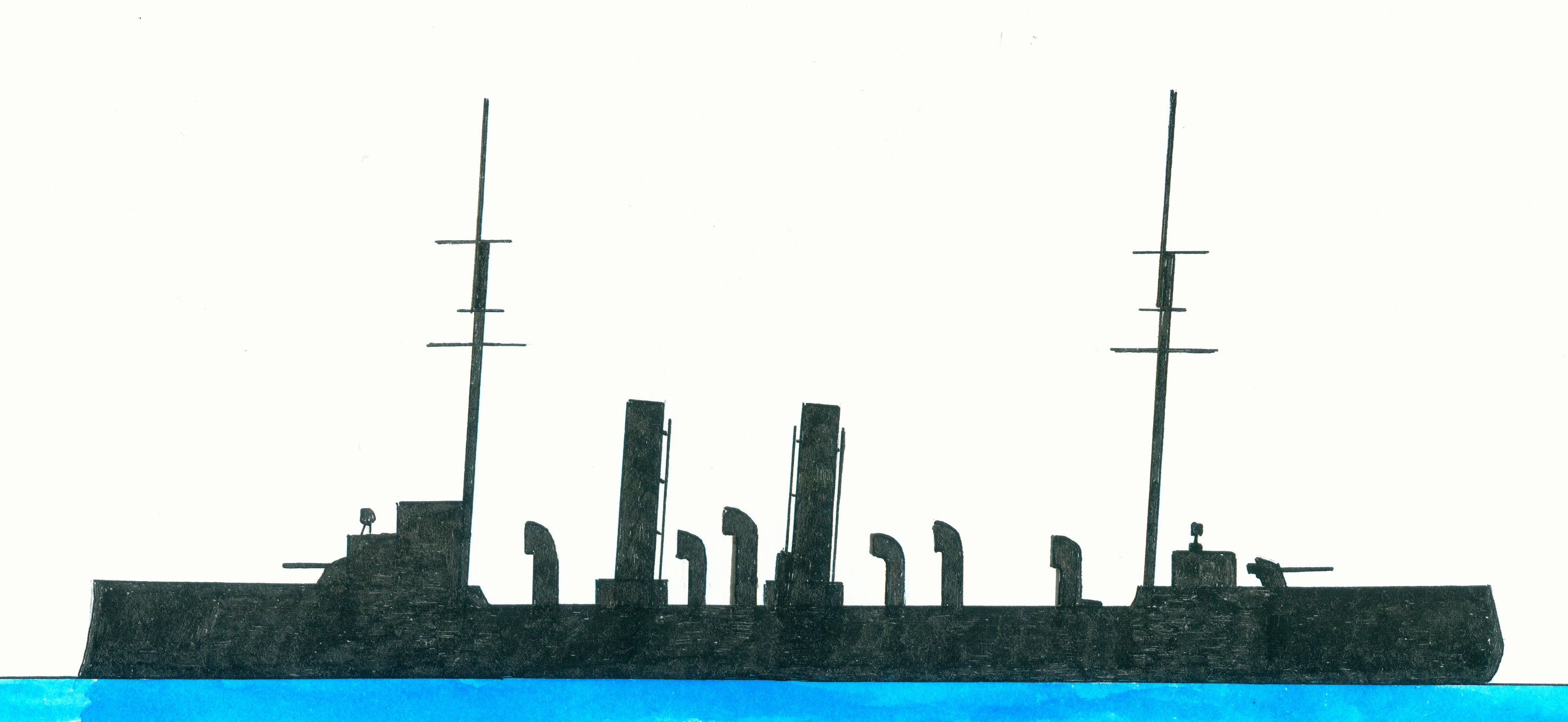Pelorus-class
HMS Hyacinth of the Highflyer-class
Laid down at the Devonport Dockyard, England on 15 November 1897, launched on 19 July 1898, commissioned on 2 May 1899, decommissioned on 22 January 1915, handed over to Australia on 1 July 1915, commissioned on 1 July 1915, decommissioned in March 1918, sold to the Moreland Metal Company on 21 July 1922, used as timber lighter until she sunk in a heavy storm in the Salamander Bay, New South Wales, Australia in 1940. During underwater demolitions training exercises blown up although still parts remains.Of the Pelorus-class designed by chief constructor of the British Royal Navy Sir William White (2 February 1945 Plymouth, England-27 February 1913 London, England)consisting of the Pactolus, Pandora, Pegasus, Pelorus, Perseus, Pioneer, Pomone, Prometheus, Proserpine, Psyche and Pyramus, preceded by the Arrogant-class and succeeded by the Highflyer-class.
General technical class specifications. Displacement of 2.169 tons and as dimensions 91,4 (between perpendiculars)-95,6 (over all) x 11,1 x 4,9 metres or 300’-313’6” x 36’6” x 16’. Machinery consisted of 2 shafts reciprocating vertical triple expansion steam engines and 16 water-tube boilers delivering 7.000 ihp allowing a speed of 20 knots. Crew numbered 224 men. Armour consisted of a 3,8/1.5”05,1cm/2” thick deck while the conning tower was protected by 7,6cm/3” thick armour. The armament consisted of 8x1-10,2cm/4” quick firing guns, 8x1-4,7cm/3pd quick firing guns, 2 field guns, 3 Maxim machineguns and 2x1-45cm/18” torpedo tubes.


